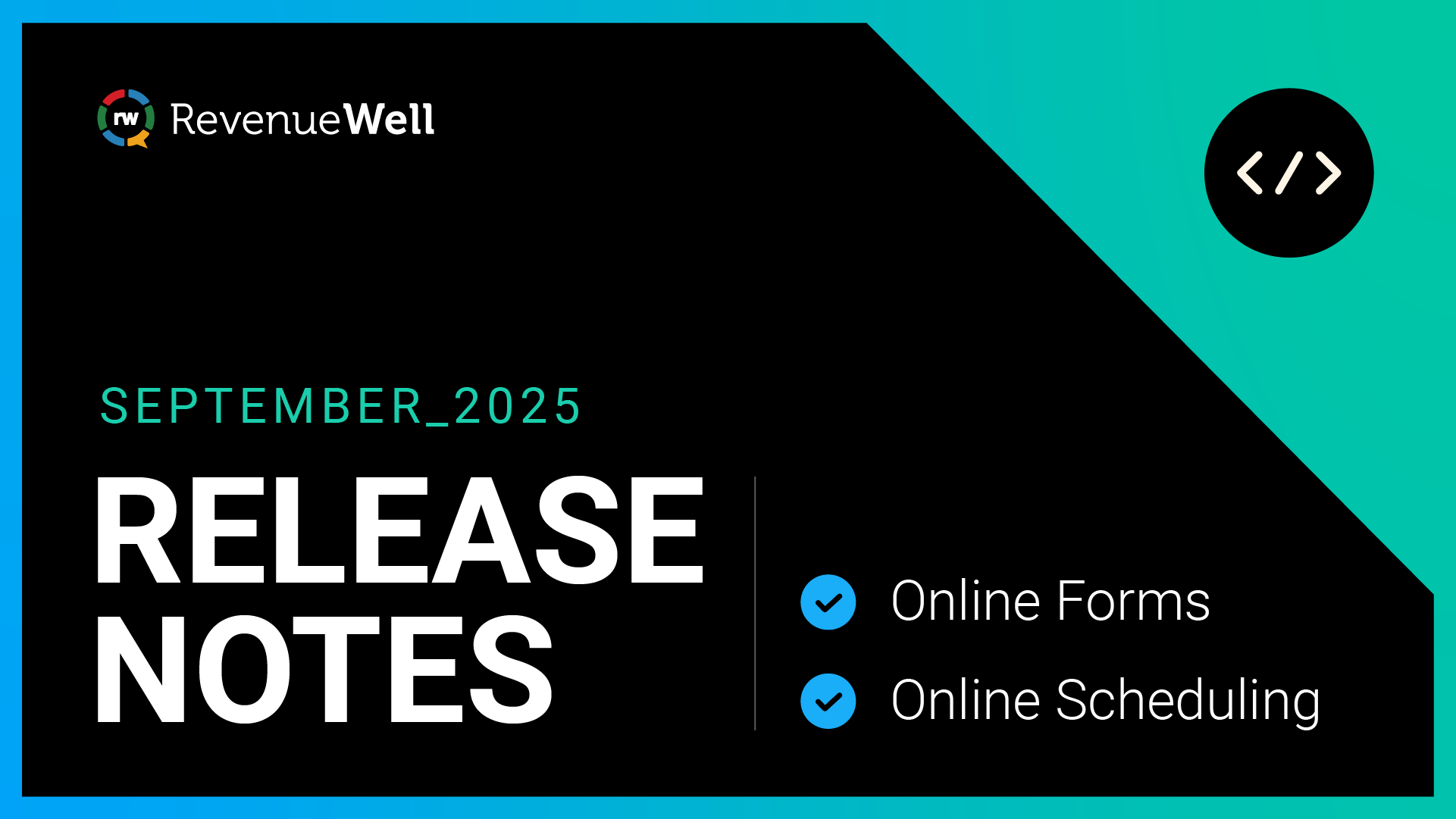Teledentistry Codes and Billing for Remote Care

A discussion of teledentistry codes and teledentistry billing as virtual dental care becomes a viable option for practices around the country
Prior to the COVID-19 pandemic, teledentistry was an emerging service in the dental field. It presented a new revenue stream or an extension of emergency services for many practices. As COVID-19 swept across America and forced a temporary suspension of elective services, teledentistry became a necessary tool for practices continuing to deliver patient care. We've written extensively on the basics of remote dentistry and how to implement it (you can find that info here). For the purpose of this article, we will focus specifically on teledentistry coding and billing. There are some nuances that come with teledentistry billing, such as how it must be paired with oral evaluation codes.Below are ADA recommendations regarding teledentistry code for practices looking to perform remote work.
Teledentistry Coding and Billing
There are two specific teledentistry CDT codes, synchronous and asynchronous. Synchronous teledentistry is a real-time consultation or treatment. Think: FaceTime dentistry. You and the patient talking back and forth. Asynchronous teledentistry occurs when you receive information from a patient and then review it, but not in real time. Think: reviewing an X-ray and then discussing it after the fact. Before coding your treatment you must first know whether your service was synchronous or asynchronous.From there, you must add a teledentistry code alongside an Oral Evaluation or Case Management code. Teledentistry codes are sometimes considered administrative and not subject to reimbursement; however, in some instances, like the COVID-19 pandemic, these codes have been reimbursed.
Teledentistry Codes
D9995 — Teledentistry - Synchronous
Real-time encounter, reported in addition to other procedures delivered to the patient on the date of service.
D9996 — Teledentistry - Asynchronous
Information stored and forwarded to dentist for subsequent review, reported in addition to other procedures delivered to the patient on the date of service.
Oral Evaluation Codes
D0140 — Limited Oral Evaluation - Problem Focused
Evaluation limited to a specific oral health problem or complaint. This may require interpretation of information acquired through additional diagnostic procedures.
D0170 — Re-Evaluation - Limited, Problem Focused
Assessing the status of a previously existing condition. Code is related to trauma or follow-up evaluation for continuing issues.
D0171 — Re-Evaluation - Post-Operative Office Visit
Procedures include all necessary post-operative care and re-evaluations to evaluate healing and determine whether further observation is needed.
Case Management Code
D9992 — Dental Case Management - Care
Helping patient coordinate oral care services across multiple providers & types, specialty treatment areas, health care settings & organizations, and payment systems.
Insurance Processing and Reimbursement
Insurance processing for teledentistry can be tricky. As mentioned above, it is sometimes considered an administrative cost and thus not always reimbursed. That said, the ADA recommends dentists report all costs associated with services associated with a virtual visit. Per the ADA:"Factors to consider when determining the full fee include the costs to enable remote communication technology for the transmission of health information required to effectively connect and interact with the patient. "As always with teledentistry, it's important to note whether your state allows it. Restrictions were relaxed over much of the country during the COVID-19 pandemic, but in some instance that was only temporary. Before practicing teledentistry, ensure that your state allows it.
Looking to set up teledentistry solution with your practice? Schedule a call to get started with RevenueWell! Have experience with teledentistry and want to share? Join our Facebook Group and offer you knowledge to a community of dedicated dental professionals.




